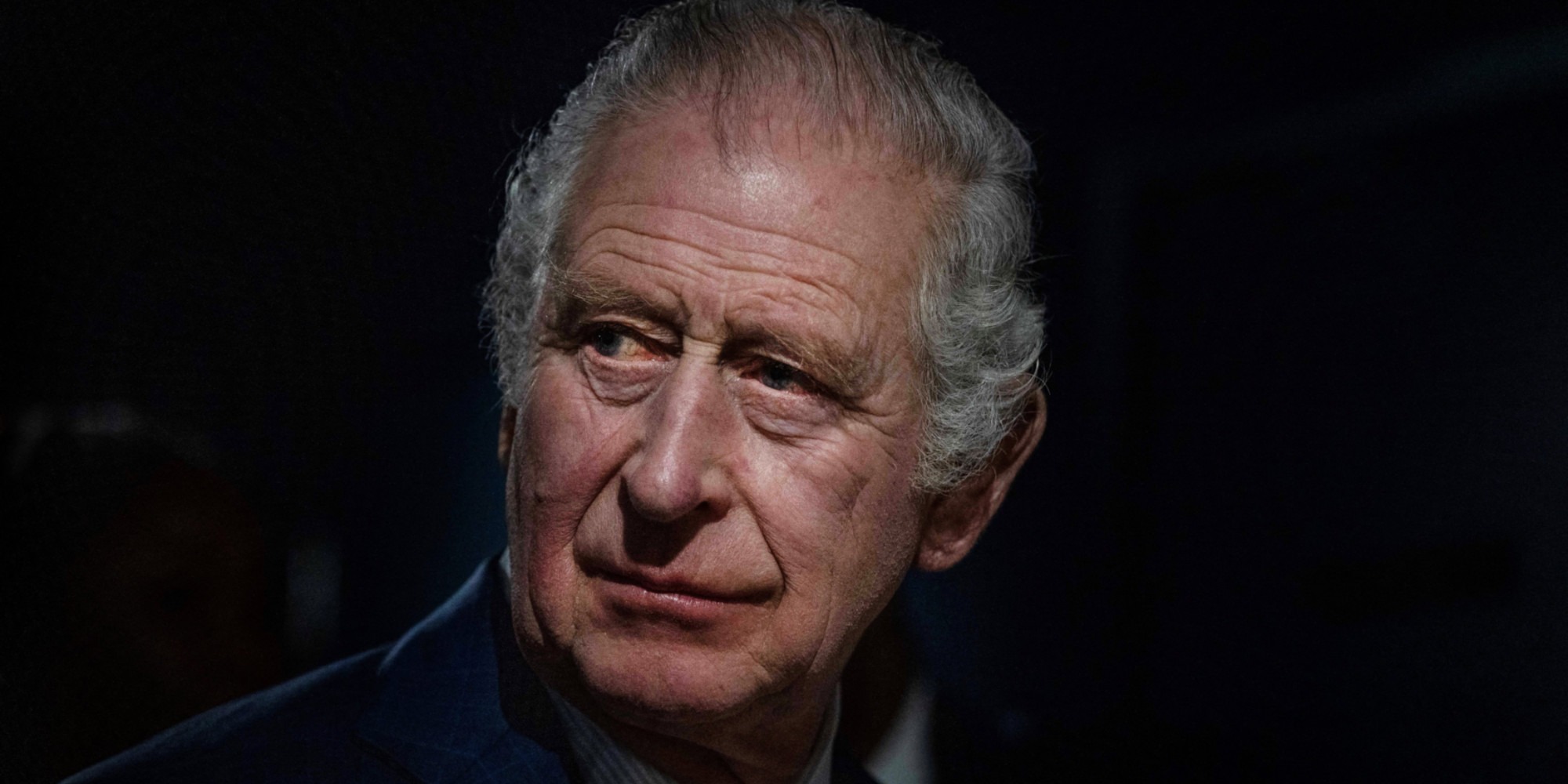The first year of Charles III alternated between historic moments and a more traditional agenda for this head of state of 15 nations, with a largely ceremonial function.
The time of mourning: first speech
The day after the death of Queen Elizabeth II at the age of 96, her son, who became King Charles III, appeared on British screens. Visibly moved, he pays tribute to his mother’s long reign and promises to serve the British “with loyalty, respect and love”.
“To my darling Mum, as you embark on your last great journey to join my dear late Dad, I just want to say this to you: thank you,” he says, letting his feelings shine through.
In this speech recorded from Buckingham Palace, Charles designates his eldest son and heir William, Prince of Wales, the title he himself bore until his accession to the throne, and expresses his “love” for the Prince Harry and his wife Meghan, now in the United States.
Shortly before, returning from Scotland where the queen had died on September 8 at Balmoral Castle, the monarch had long greeted the crowd who had come to pay homage to the late sovereign. Before the funeral, the national mourning lasts 10 days during which the new sovereign will travel through his kingdom.
A popular Christmas speech
On December 25, Charles III delivers his first Christmas speech, an unmissable event since 1932 and televised since 1957. Recorded from St. George’s Chapel in Windsor Castle, where his mother and father Philip rest, he thanks the British “for the love and sympathy you have shown to our entire family”.
In the midst of a cost of living crisis and at a time when historic strikes are shaking the country, the king thinks of those “who are looking for ways to pay their bills or feed and heat their families”. More than 10.6 million people watch the speech, a record.
A grand coronation
Charles was officially crowned on May 6 with great pomp at Westminster Abbey in front of an audience of prestigious guests but without much popular fervor.
Alongside his wife Camilla, also crowned queen, Charles receives the crown of Saint Edward from the Archbishop of Canterbury during a Christian ceremony marked by the weight of the history of the monarchy.
The event is modernized somewhat with a shorter duration, representatives of major religions and guests reflecting more of the diversity of today’s UK. After a procession to Buckingham Palace, the royal family sacrifices to the ritual of salvation from the balcony, without Prince Harry, who a few months earlier had published very harsh memoirs towards his family.
A state visit… to Germany
For his first state visit, Charles III was to go to France at the end of March to celebrate the long Franco-British friendship, before going in stride to Germany. But this French visit had to be postponed, prevented for security reasons in the midst of a social movement against the pension reform.
The royal couple will finally travel to Paris and Bordeaux, from September 20 to 22. In Berlin, in a historic speech and mostly in German in the parliament building, the king called for unity against the Russian invasion of Ukraine, lamenting the return of the “scourge” of war in Europe.
The awakening of the anti-monarchists
Inaudible under the popular Elizabeth II, pro-Republic activists have regained strength, even if they remain a very small minority. Often present in the crowd during the king’s official trips, they are clearly visible with their placards and t-shirts flanked by the slogan “Not my King”.
During the coronation, hundreds of them gathered in Trafalgar Square in London and around 60 were arrested in a police operation which caused controversy, with some crying out for a crackdown on freedom of expression.
The king also had to face egg throwing on several occasions during some of his trips, such as in York (north of England) in November, where a man, then sentenced to 100 hours of community service, justified his act by the “violence implemented by the British State”.
